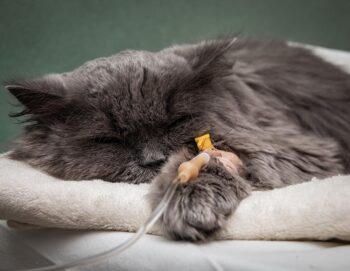
[ad_1]
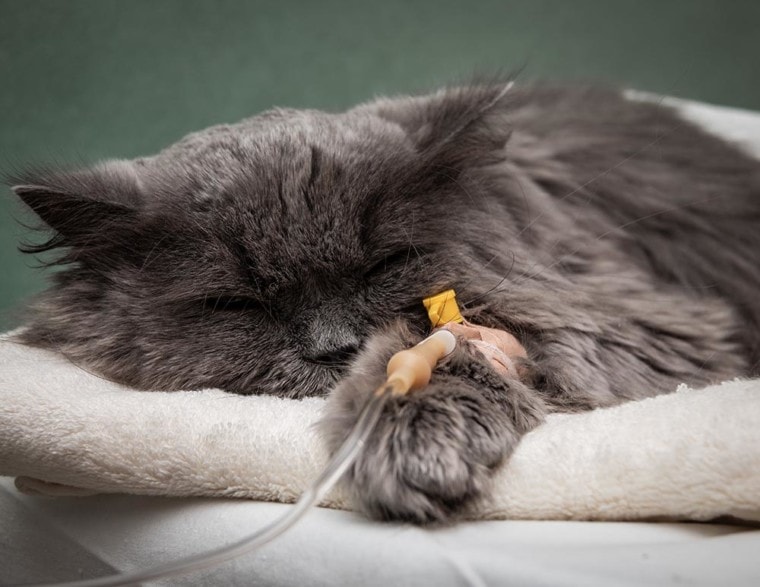
Cats are pretty good at taking care of themselves. They don’t need you to take them outside to go to the bathroom or give them regular baths, making them much more independent than other common household pets. That said, even the most independent cat is not immune to health problems.
As a cat owner, you need to recognize any signs and symptoms of illness in your pet. When your kitty is acting strange or looking unwell, prompt veterinary care ensures you receive an accurate and fast diagnosis. The first step to recognizing disease symptoms is familiarizing yourself with the most common illnesses in cats.
Read on to learn about ten common health conditions and how to recognize the symptoms in your pet.

The 10 Common Cat Illnesses and Diseases
1. Feline Lower Urinary Tract Diseases (FLUTD)
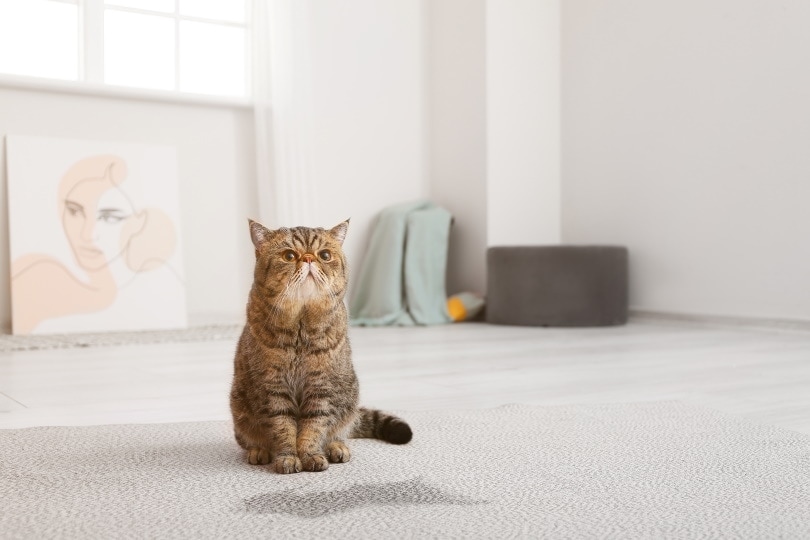
FLUTD is not one particular disease but a group of conditions that can affect your cat’s urethra and bladder. It can occur in cats of any age but is most commonly seen in middle-aged, overweight cats and those that eat primarily dry food.
FLUTD can be caused by a wide variety of things, such as urolithiasis (urinary stones), infections, and obstructions, so it is essential to see your vet if you notice any of the signs of these conditions.
Common symptoms of FLUTD include:
Difficulty with urination
Painful urination
Frequent urination
Blood in urine
Urinating outside of the litter box
2. Fleas
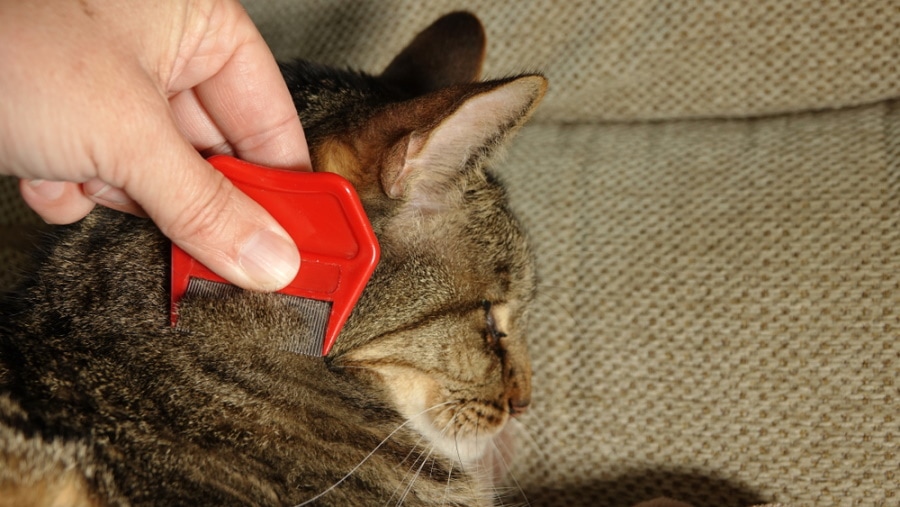
The cat flea is a very common parasitic insect whose principal host is our beloved domestic cat. Some cats that are allergic to flea saliva can develop flea allergy dermatitis, a condition marked by itchy skin, redness, bumps, scabs, and pus-filled sores. Severe flea infestations can cause blood loss, leading to anemia. Common symptoms of fleas include:
3. Intestinal Parasites
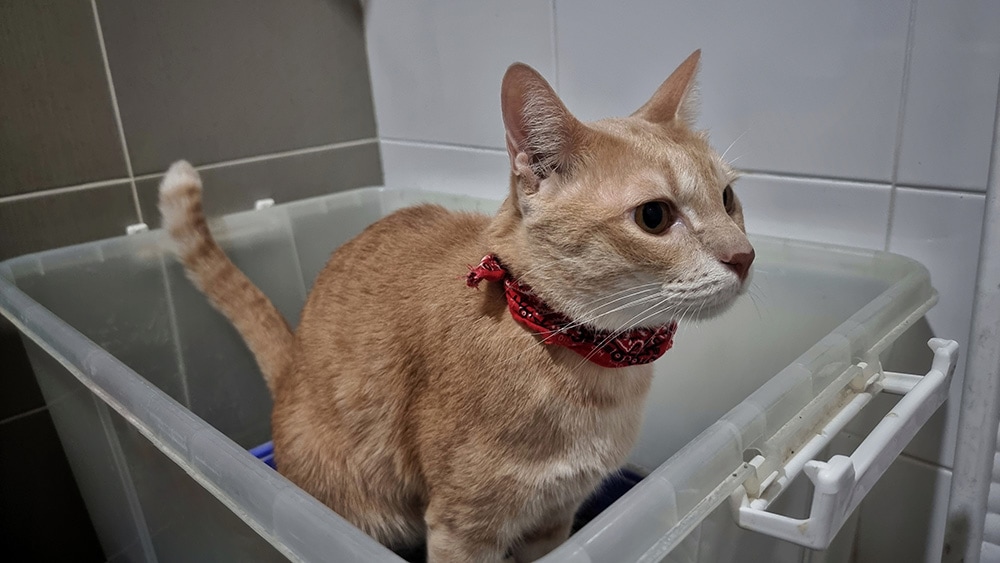
There are many different types of intestinal parasites. Some common ones include roundworms, tapeworms, and hookworms. These parasites can be a severe problem, especially in young kittens. Hookworms can cause anemia. Roundworms can result in poor development, which will follow them into adulthood. It is rare for intestinal parasites to be life-threatening to adult cats, though those with weakened immune systems may be more prone to severe parasitism and clinical signs of such.
Common symptoms of intestinal parasites include:
Diarrhea
Vomiting
Inappetence
Potbelly
Blood in feces
4. Dental Disease
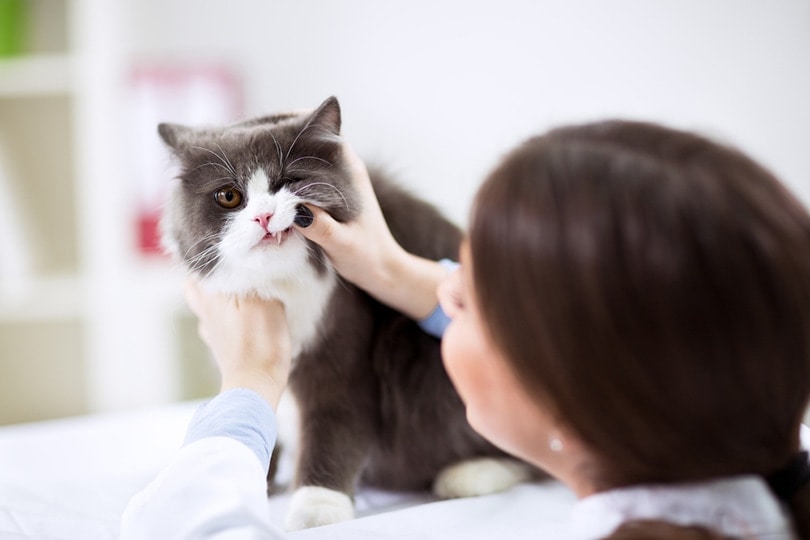
Studies suggest that between 50% and 90% of cats over the age of four will develop some type of dental disease. Thankfully, many of these conditions are preventable with appropriate dental care and watchful monitoring.
Cats’ three most common dental conditions include gingivitis, periodontitis, and tooth resorption. Gingivitis (inflammation of the gums) can be caused by plaque build-up and infection. Periodontitis occurs when gingivitis is not treated appropriately. It leads to attachment loss of the tooth, exposure of the roots, loose teeth, and possible tooth loss. Tooth resorption refers to a process where the tooth’s internal structure breaks down. This condition begins inside the tooth and will progress to other parts. Depending on the type of resorption present, different types of extraction may be indicated.
Symptoms of dental diseases in cats include:
Red and swollen gums
Pain or discomfort
Bleeding along the gumline
Drooling
Bad breath
5. Heartworm
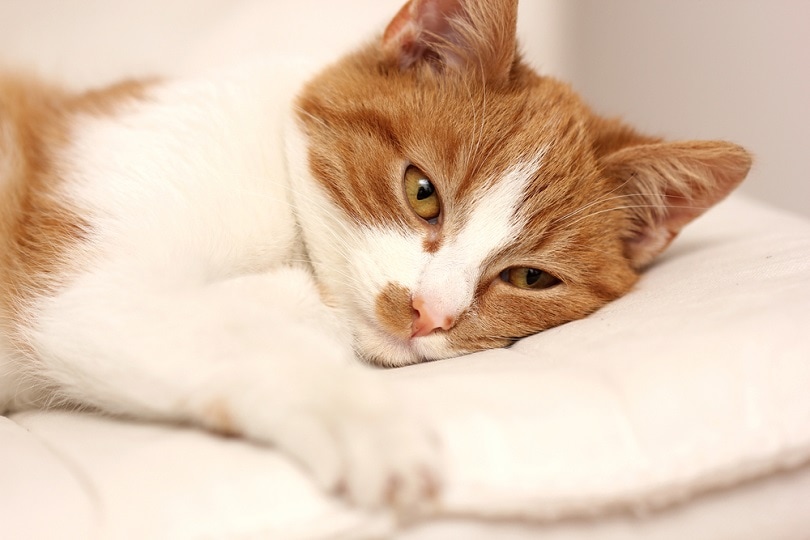
We spoke a bit about intestinal parasites and worms earlier, but heartworm is an entirely different thing. This condition is spread through mosquitoes and is marked by long worms in your pet’s heart, lungs, and associated blood vessels.
This potentially life-threatening disease can be avoided through appropriate preventative care. Some vets recommend routinely administering preventative medication such as ivermectin, especially if your cat is an outdoor cat in an area where mosquitoes proliferate.
Symptoms of heartworm include:
Coughing
Vomiting
Rapid breathing
Lack of appetite
Weight loss
Difficulty walking
Seizures
6. Diabetes
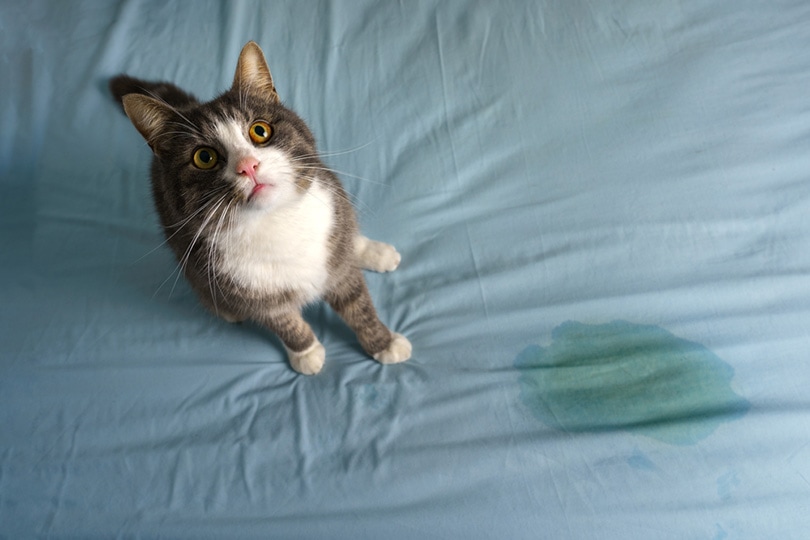
Feline diabetes is caused by the lack of insulin or an inappropriate response to said hormone. After your pet eats, their digestive tract should break their food down into components such as glucose. This glucose should be carried into their cells by insulin. When your cat cannot produce or cannot utilize the hormone, their blood sugar levels will elevate, causing hyperglycemia. Diabetes is typically managed with insulin injections and diet change.
Symptoms of diabetes include:
Excessive thirst
Excessive urination
Urinating outside of the litter box
Appetite change
Weight loss
Lethargy
Dehydration
7. Chronic Kidney Disease (CKD)

CKD is a condition that results in the loss of kidney function over time. Healthy kidneys perform many essential functions such as filtering the blood, producing hormones, and producing urine. However, a cat with CKD may experience interference with these regulatory processes.
Most times, the cause of CKD is unknown, though there are some recognized causes such as tumors, bacterial infections, and polycystic kidney disease.
CKD is common in older cats and is progressive in nature, but steps can be taken to arrest the progression of the disease if your vet can determine a specific cause for their CKD.
Symptoms of CKD include:
Weight loss
Frequent urination
Excessive thirst
Lethargy
Unkempt coat
Inappetence
8. Hypertrophic Cardiomyopathy (HCM)
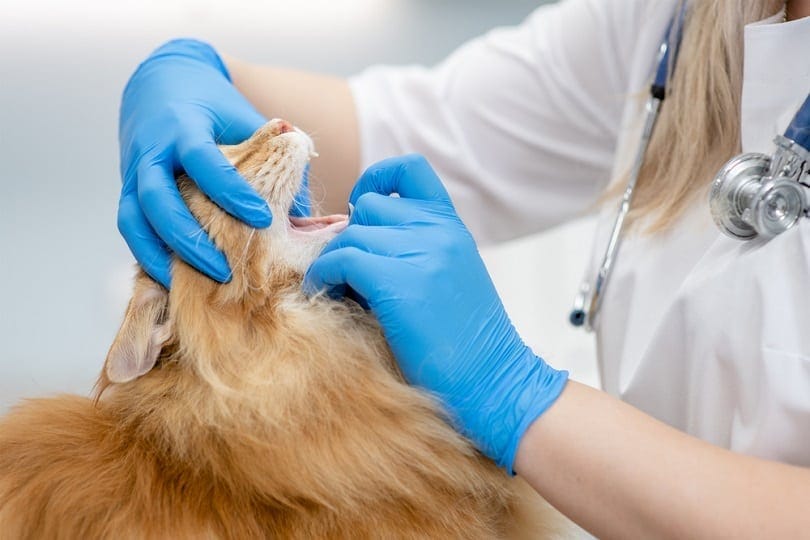
HCM is a condition that causes the walls of your cat’s heart to thicken, effectively decreasing its efficiency. This condition seems more prevalent in certain breeds such as Ragdolls, Persians, and Maine Coons, which may suggest an underlying genetic cause in some cases.
The effects and prognosis of HCM will vary from case to case, but getting a diagnosis can help improve your pet’s outlook. Getting a diagnosis and receiving regular veterinary care can prevent some life-threatening consequences of this condition, such as blood clots and thromboembolism.
Symptoms of HCM include:
Rapid breathing
Open-mouthed breathing
Lethargy
Inappetence
Exercise intolerance
Collapse
9. Feline Immunodeficiency Virus (FIV)
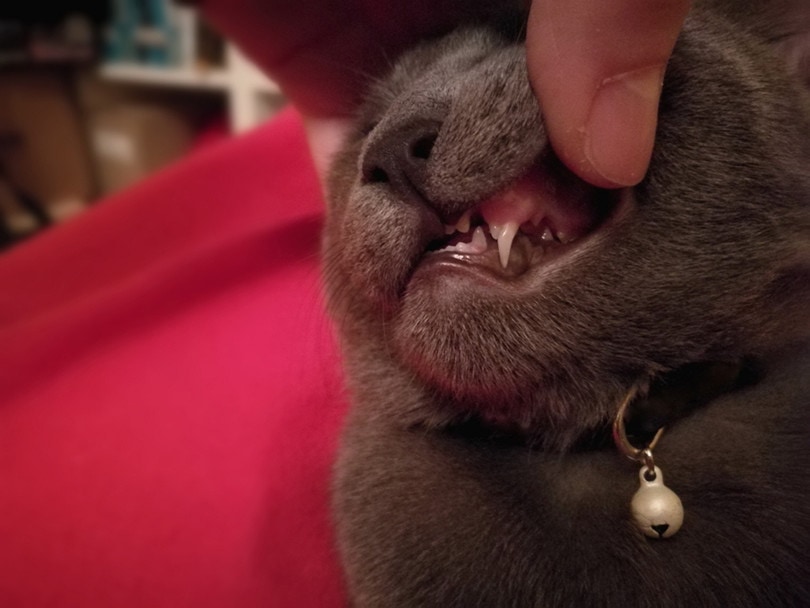
FIV is similar to human HIV and is specific to cats. FIV attacks the immune system leaving your cat vulnerable to other infections. Many cats can live normally for years with FIV but will eventually suffer from immune dysfunction that can allow bacteria that are usually harmless to cause severe illnesses.
FIV is primarily transmitted through the bite of an infected cat so feral cats, those living outdoors, or previously rescued from outdoors are most susceptible. However, queens can also pass the virus onto their kittens.
There are three infection phases: acute, asymptomatic, and progressive. Each phase has its own symptoms. The most noticeable symptoms in the acute stage include lymph node enlargement, fever, and inappetence. They may not show any symptoms while in the asymptomatic stage aside from abnormalities in their bloodwork. Cats in the progressive phase are at increased risk of infections, dental disease, and cancer as the virus suppresses their immune systems.
10. Feline Leukemia Virus (FeLV)
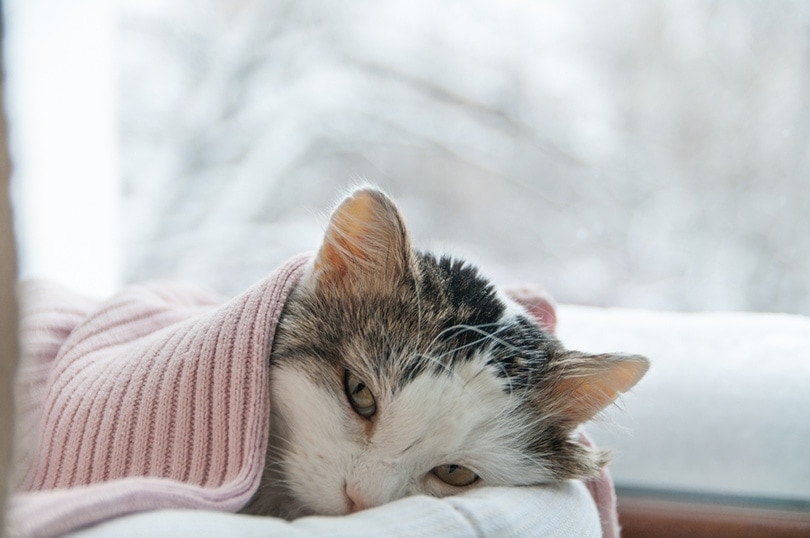
FeLV is another common infectious disease that affects between two and three percent of all cats in America. The risk of FeLV is significantly higher in cats living in a high-risk environment (e.g. living in close quarters with infected cats). In addition, kittens seem to be much more susceptible to the infection.
FeLV affects an infected cat’s body in a variety of ways. The Cornell Feline Health Center suggests it is one of the leading causes of cancer in cats and can even cause blood disorders.
Symptoms of FeLV include:
Inappetence
Weight loss
Poor coat condition
Fever
Pale mucous membranes
Repeat infections
Eye conditions
Diarrhea

Final Thoughts
Don’t let the above illnesses and diseases worry you too much. Just because they are common among cats doesn’t mean your cat will develop any of these illnesses. You can help ensure your cat is in tip-top shape by feeding them a high-quality diet, giving them plenty of time to play and exercise, and making regular check-up appointments with your vet.
Featured Image Credit: Vladimir Gudvin, Shutterstock
[ad_2]
Source link


